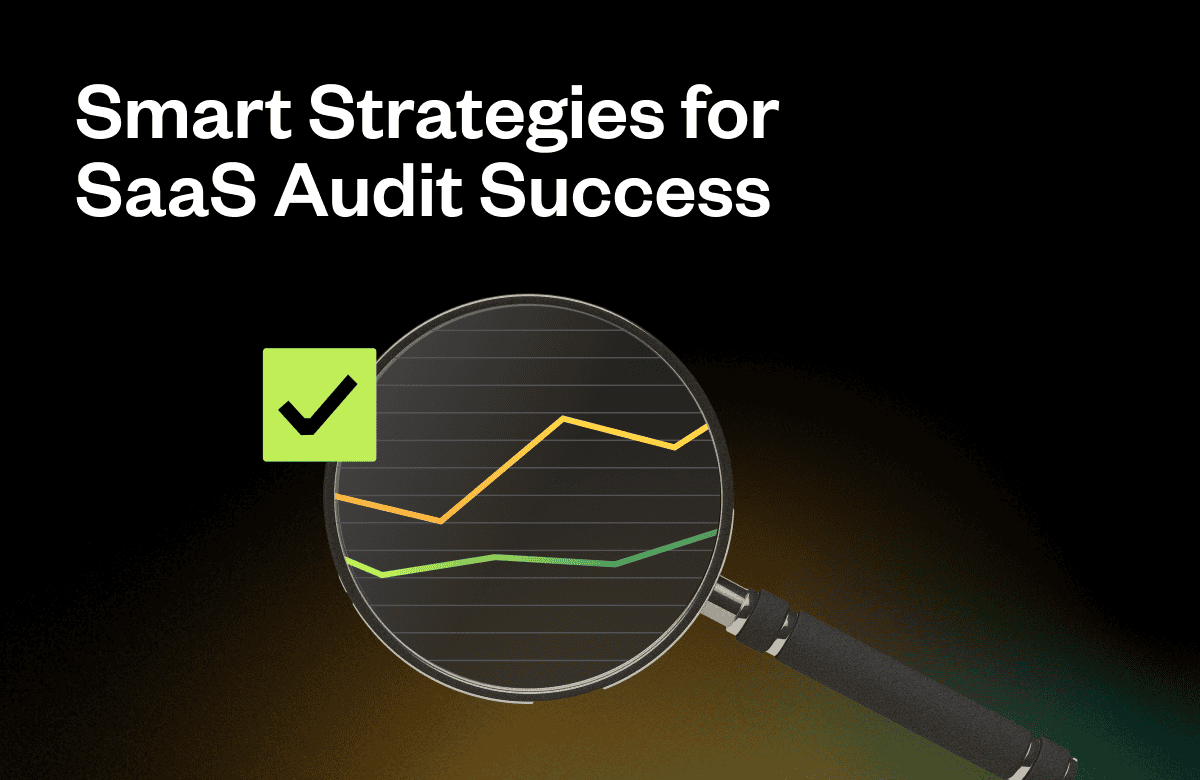There are over 100 subscription KPIs SaaS companies use every day to gain insight from customer data. Keeping up with every metric is taxing. If you were to hire a team of specialists to monitor all these KPIs simultaneously, you’d need a 30,000 square-foot warehouse full of desks.
So instead of focusing on vanity metrics, like how many customers land on your website, let’s talk about the metrics that matter—the ones that teach SaaS companies how to become more profitable.
This article will outline the 8 subscription billing KPIs that inspire growth, drive profitability, and teach SaaS companies how to get a better product-market fit.
1. Monthly Recurring Revenue (MRR)
For SaaS companies trying to gauge the overall health of their business—monthly recurring revenue is a key metric to measure. MRR predicts the total revenue from all active subscriptions in a month.
MRR is a critical metric for many companies because it tracks what customers are actually willing to pay for every month. It can help SaaS businesses track their performance over time, forecast future growth, and budget for upcoming expenses or expansion.
Formula to Calculate MRR
1. Calculate the total revenue earned by accounts within a specific period
2. Divide the total revenue earned by the total number of monthly accounts
3. Multiply the average revenue per user (the number from step 2) by the total number of monthly accounts
(Steps 1 & 2) Total revenue earned / Total # of customers = ARPC
(Step 3) ARPC * Total # of monthly accounts = MRR
2. Monthly Recurring Revenue Churn (MRR Churn)
In short, MRR churn is when monthly revenues decrease due to customer cancellations and delinquent accounts. This subscription KPI tells a story about the business and helps SaaS companies toss on the guardrails when churn is trending in the wrong direction. Pinpointing the why behind MRR churn isn’t always easy, but it usually relates to pricing, customer expectations, and billing issues.
Formula to Calculate MRR Churn
1. Calculate total revenue lost due to cancellations in a specific period
2. Calculate total revenue lost due to delinquent accounts in a specific period
3. Add them together for the total MRR churn amount
4. (Optional) Divide the total revenue earned in the same period by the total MRR churn to learn the percentage of lost revenue
(Steps 1-3) Total revenue lost to cancellations Total revenue lost to delinquent accounts = MRR churn
(Step 4) Total revenue / MRR churn = % of revenue churned
What to read more? Get Data-Driven Pricing StrategiesBusiness Email*
3. Customer Acquisition Cost (CAC)
This subscription KPI tells SaaS companies what it costs to acquire a customer. And while in a perfect world acquiring customers would be free, there’s a significant amount of spend required to bring new users onto a SaaS platform. When a company can attribute cost to marketing and sales efforts, it creates opportunities for profitable improvement.
Formula to Calculate Customer Acquisition Cost (CAC)
1. Add the total cost of sales and marketing in a specific period
2. Divide sales and marketing expenses by the number of customers acquired in the same timeframe
Cost of sales marketing / # of customers acquired = CAC
4. Ratio of Lifetime Value (LTV) to Customer Acquisition Cost (CAC)
Are you spending too much to acquire customers who aren’t going to stick around? Maybe so, which is why the CAC:LTV ratio is used to understand the true value of customer acquisition at different stages of product maturity.
The higher the ratio, the cheaper it is to acquire customers through marketing and sales efforts. Companies who measure this can understand what specific actions increase the longevity of customer value and track down the elusive “sweet spot” of marketing and sales spending.
Formula to Calculate CAC:LTV
1. Find the average order total
2. Multiply that number by the average amount of purchases per year
3. Multiply the product of 1 & 2 by the average retention time in years
4. Divide the total of 1-3 by the CAC (calculated in the prior section)
(Steps 1-3) Average order total * average amount of purchases per year * average retention time in years = Customer Lifetime Value (LTV)
(Step 4) Divide LTV by CAC = LTV:CAC ratio
5. Payback Period
The payback period determines how many months it takes to “break-even” on the investment made to acquire customers. Measuring the time it takes to reach cost parity is essential for SaaS companies because it can outline how much cash is needed to grow the business. It can also highlight capital efficiency and let SaaS companies know if they need to make adjustments. While it’s generally better to have a shorter payback period, the short timeframe can mean companies aren’t aggressive enough with their marketing and sales efforts.
Formula to Calculate Payback Period
1. Determine the CAC in a specific period
2. Multiply the average MRR by the gross margin percentage (using the same time range)
3. Divide CAC by the product of step 2
CAC / Average MRR * Gross Margin %
6. Trial Conversion Rate
Costco is known for giving out loads of free samples to shoppers buying in bulk. These are essentially “free trials” that could secure a bulk purchase of a product, or even a lifelong customer. These companies supplying the samples wouldn’t give them for free if nobody were buying the product—which is where trial conversion rates come in.
SaaS businesses are the same, offering a package of goods or services for free or at a discount to the regular price. The hope is to hook the right customers who plan on sticking around. The only way to measure this effectively is by looking at trial conversion rates, which provide perspective on whether the pricing, product, or packaging is strong enough to justify the cost.
The key to making the most of this subscription KPI is to survey, test, and reformat the offering to understand why customers commit or drop after the free trial ends.
Formula to Calculate Trial Conversion Rate
Divide the total number of trial conversions by the total number of trials.
Total # of trial conversions / Total # of trials = Percentage of trial conversions
7. Freemium Conversion Rate
Freemium conversion rates are like trial conversion rates, and they can help SaaS businesses get more conversions by tweaking their free offering, premium features, and pricing structure.
Formula to Calculate Freemium Conversion Rate
Measuring this metric is trickier because people sign up and never sign in again. While there are ways to finesse this metric, simplicity works best to get consistent, accurate results.
Divide the total number of free-to-paid conversions by the number of free users in a specific period.
Free-to-paid conversions / # of free users
8. Average Revenue Per Customer (ARPC)
What is the immediate value of bringing on a customer, and how is it trending? The value of each customer or account should go up over time as SaaS businesses improve the product offering. This metric will help identify internal growth and offset the cost of acquisition.
Formula to Calculate Average Revenue Per Customer (ARPC)
Divide total revenue by the total number of accounts in a specific period.
Total revenue / Total # of accounts
Know Which Billing KPIs to Monitor
Knowing what subscription billing KPIs to monitor and which ones to skip is essential for every SaaS business. While many KPIs help SaaS founders feel good about the company’s general direction, they don’t always impact profitable growth. Your SaaS business can thrive by sticking to the key metrics outlined in this article, because they all provide valuable insight companies can use to improve the product.
If you’re finding it difficult to measure and monitor these key subscription KPIs, consider using the best set of tools on the market. Maxio is the #1 billing and subscription management platform built for the evolving needs of fast-growth companies. Our specialized B2B SaaS data management tools help you monitor revenue, product, and customer trends in real time. Request a demo today.




